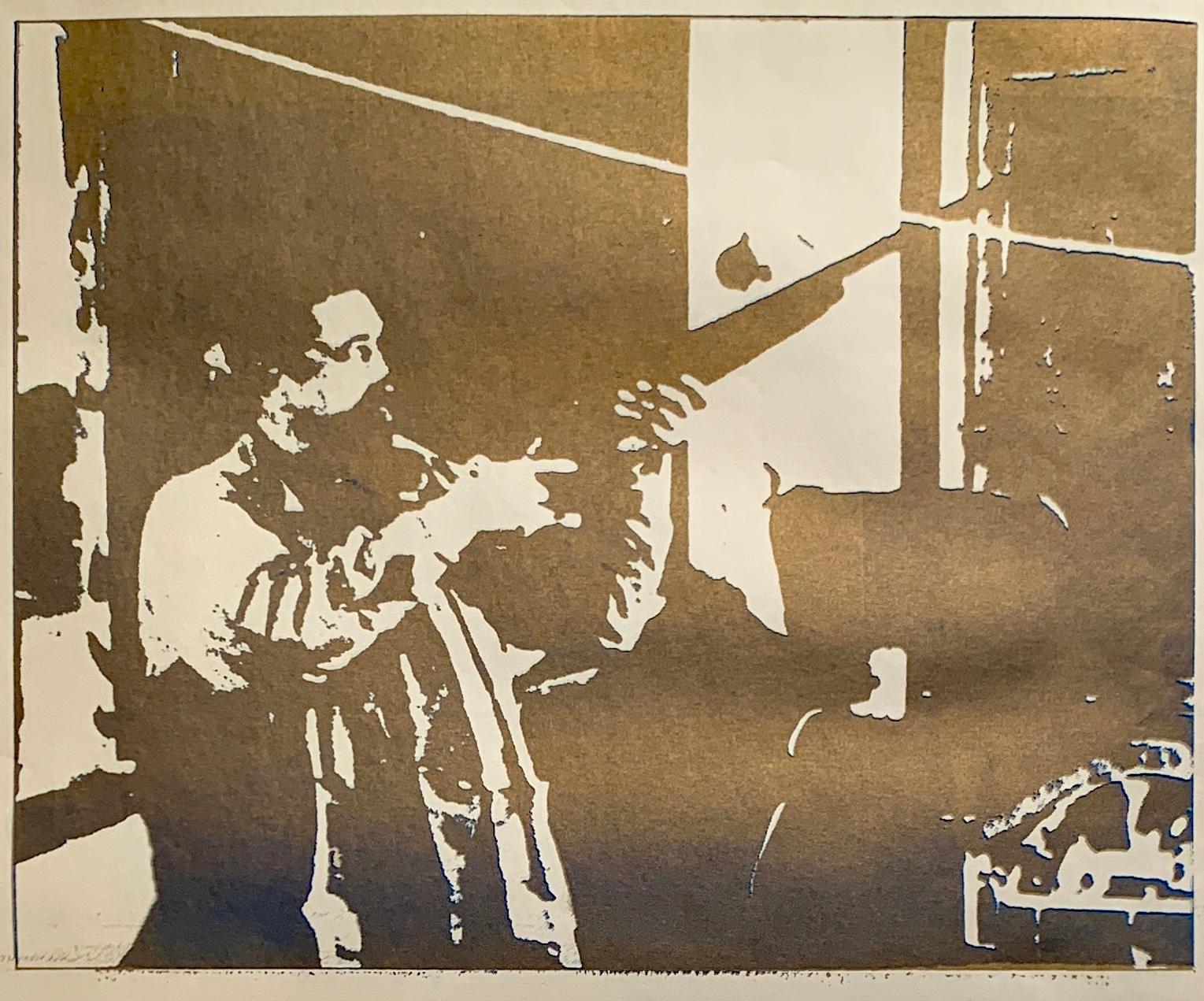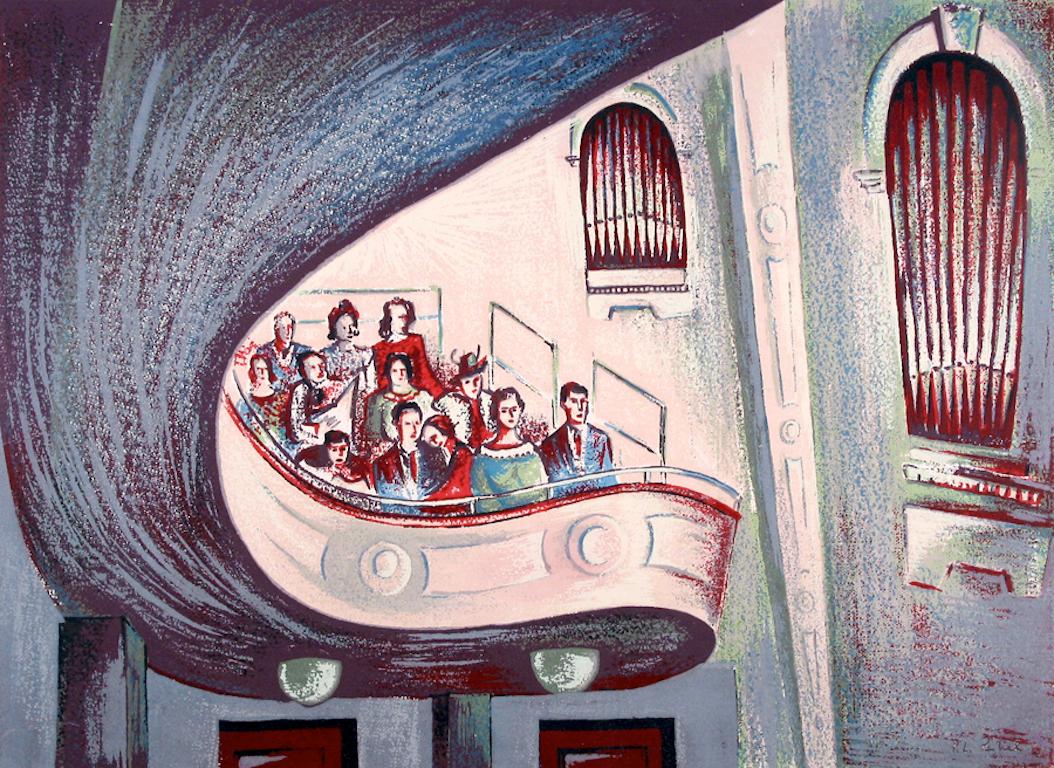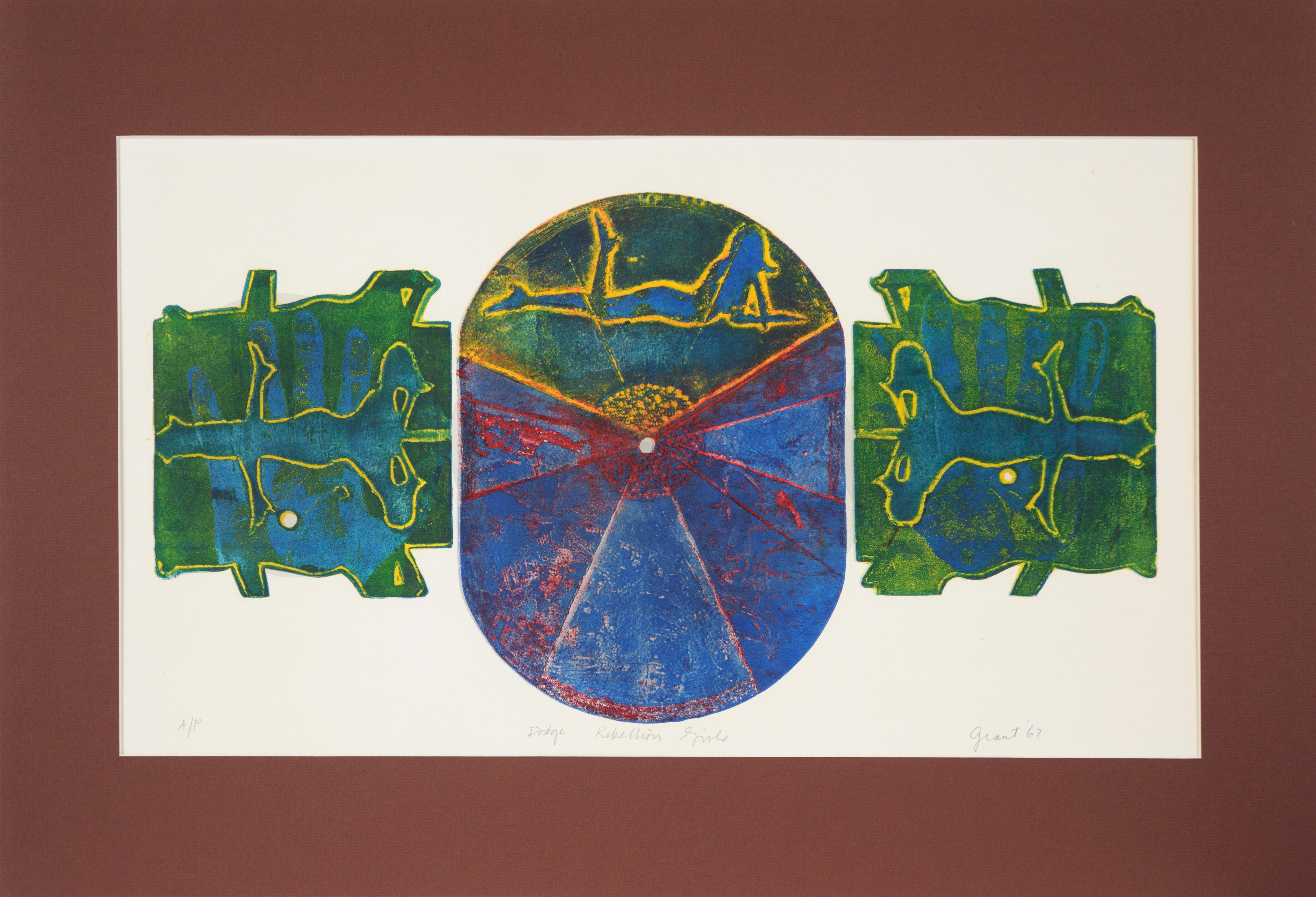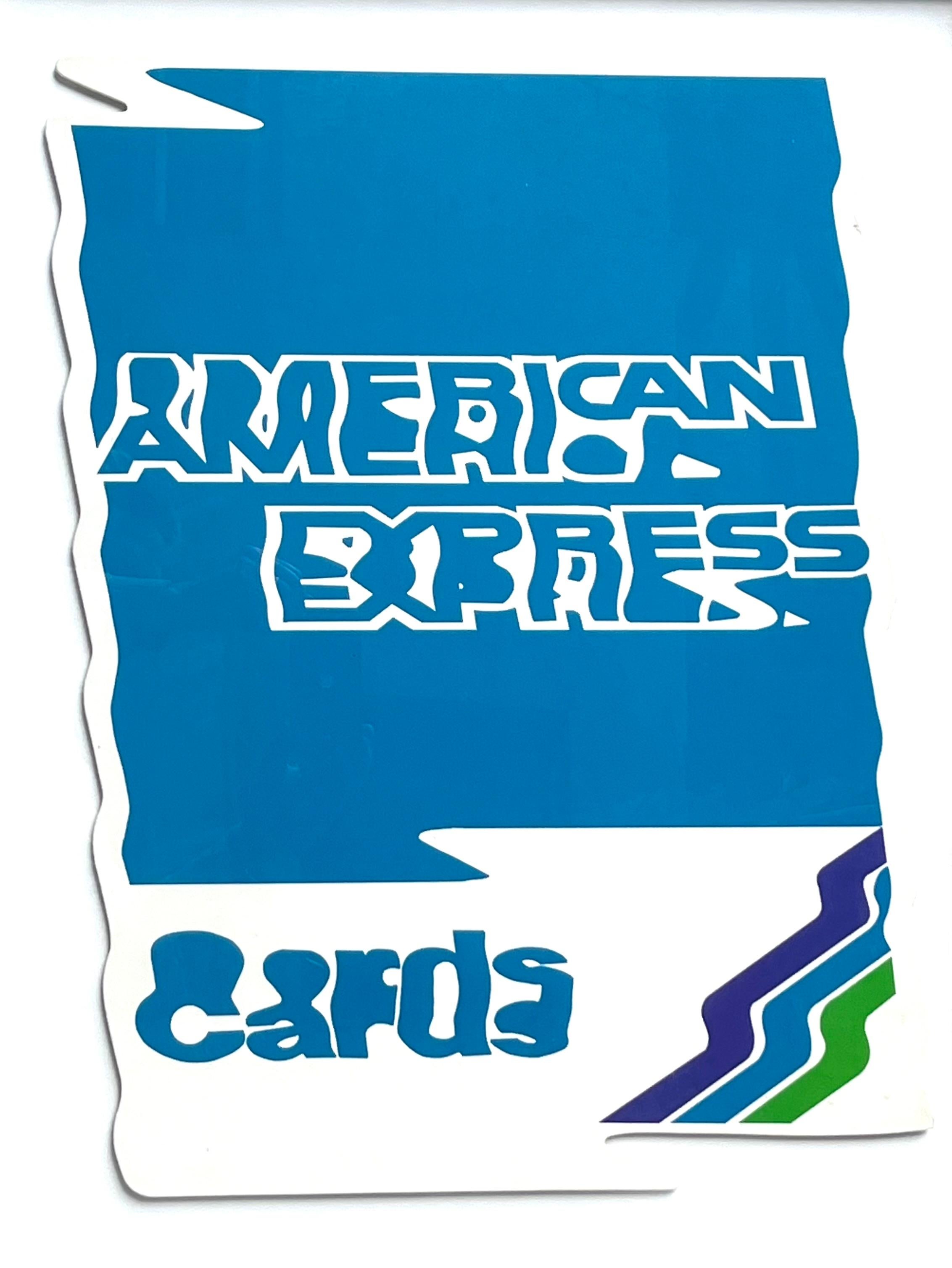Jacob Lawrence"The Capture, " Jacob Lawrence, Harlem Renaissance, Black Art, Haitian Series1987
1987
About the Item
- Creator:Jacob Lawrence (1917-2000, American)
- Creation Year:1987
- Dimensions:Height: 39.25 in (99.7 cm)Width: 28.25 in (71.76 cm)
- Medium:
- Movement & Style:
- Period:
- Condition:Excellent condition.
- Gallery Location:New York, NY
- Reference Number:1stDibs: LU1841210075272
Jacob Lawrence
One of the first Black artists to receive national acclaim in the United States, Jacob Armstead Lawrence (1917–2000) was born in Atlantic City, New Jersey, before moving to Philadelphia, Pennsylvania, and then to Harlem, New York, in 1930. While enrolled in a community after-school arts program, Lawrence developed his talents as a painter, drawing praise and encouragement from artist Charles Alston, who ran the program at the time. Despite his family’s financial struggles during the Great Depression, Lawrence continued his pursuit of the arts, developing a series of multipanel realist paintings dedicated to iconic Black historical figures, including Toussaint L’Ouverture, Frederick Douglass and Harriet Tubman. In 1938, he had his first solo exhibition at the Harlem YMCA and had begun to work for the Works Progress Administration (WPA).
In 1940, Lawrence received a grant from a philanthropic organization called the Rosenwald Fund, which allowed him to begin what would become his most famous work: The Migration Series, a narrative piece comprised of casein tempera paint on 60 18-by-12-inch hardboard panels featuring captions he’d written before he began to paint. (Fellow artist and future wife Gwendolyn Knight helped with the text.) Lawrence’s series focuses on the Great Migration of Black Americans from the agricultural South to the industrial North between 1910 and 1940.
By the end of the 1940s, Lawrence had earned widespread recognition for his important work and was the most celebrated Black artist in the United States. He continued covering Black historical figures throughout his career, though he also painted social commentaries on contemporary issues, like World War II and civil rights. He taught at the Art Students League in New York and at Black Mountain College in North Carolina (upon invitation from artist Josef Albers), among other institutions.
Lawrence’s works can be found in the collections of many major museums, including the Museum of Modern Art, the Metropolitan Museum of Art and the Whitney Museum of American Art in New York and elsewhere. His painting The Builders hangs in the White House today, as it was acquired by the White House Historical Association in 2007.
Find watercolor paintings, prints and more by Jacob Lawrence on 1stDibs.
- ShippingRetrieving quote...Ships From: Larchmont, NY
- Return PolicyA return for this item may be initiated within 3 days of delivery.
- "La Danse Barbare (from Les Saltimbanques), " Pablo Picasso, Figurative PrintBy Pablo PicassoLocated in New York, NYPablo Picasso (1881 - 1973) La Danse Barbare (from La Suite des Saltimbanques), 1905, printed 1913 Etching on Van Gelder Zonen wove paper Sheet 13 x 20 inches From the edition of 250...Category
Early 1900s Modern Figurative Prints
MaterialsPaper, Etching
- "Business-Men's Class, Y.M.C.A." George Bellows, Ashcan School PrintBy George Wesley BellowsLocated in New York, NYGeorge Bellows Business-Men's Class, Y.M.C.A, 1916 Signed, numbered "No. 41" and titled lower margin Lithograph on wove paper 11 1/2 x 17 1/8 inches Edition of 64 Provenance: Hirschl & Adler Galleries, New York Private Collection, Ohio Literature: Mason, 20. After his arrival from Columbus, Ohio in 1904, Bellows lived at the West Side YMCA. It was there that he met Eugene Speicher, another aspiring young artist who was to become his lifelong friend. Always interested in the anatomy of the human body, Bellows often satirized the various types who, while leading a sedentary life, feel compelled to devote a portion of their daily routine to physical self-improvement. Throughout his brief but illustrious career, George Wesley Bellows created striking scenes that documented ordinary American life in all its beauty and banality. Considered an American Realist, the artist eschewed embellishment, finding inspiration in the gritty boroughs of New York City, the rocky coastline of Maine, and, later, in his friends and family. Bellows garnered early recognition for his arresting portrayals of illegal prizefighting, dramatic works executed in dark tonal palettes that underscore the brutality of the violent sport. Bellows’ elderly Methodist parents hoped their son might pursue the ministry, a calling the extroverted athlete never received. The Columbus native competed on the baseball team at Ohio State University and also served as an illustrator for the college yearbook. In the fall of 1904—just months shy of his expected graduation—Bellows defied his father’s wishes and boarded a train to New York City in hopes of becoming a magazine illustrator like his idols Howard Chandler Christy and Charles Dana Gibson. Before leaving, he reportedly turned down an offer to play professional baseball with the Cincinnati Reds...Category
1910s Ashcan School Figurative Prints
MaterialsLithograph, Paper
- "Thanksgiving" Doris Lee, Family Genre Scene Interior, Americana, WPA, WoodstockBy Doris LeeLocated in New York, NYDoris Lee Thanksgiving, 1942 Signed lower right, titled lower left Lithograph on paper Image 8 3/4 x 11 3/4 inches Sheet 12 x 17 inches From the edition of 250 An American Scene pai...Category
1940s American Realist Interior Prints
MaterialsPaper, Lithograph
- "New York City Harbor" Leon Dolice, Downtown Skyline, East and Hudson RiverBy Leon DoliceLocated in New York, NYLeon Dolice (1892 - 1960) New York Harbor Skyline at Twilight (Searching), circa 1930-40 Pastel on paper 12 x 19 inches Signed lower left Provenance: Spanierman Gallery, New York T...Category
1930s American Modern Landscape Drawings and Watercolors
MaterialsPaper, Pastel
- "New York City Harbor (Brooklyn Bridge), " Leon Dolice, East River, Mid-CenturyBy Leon DoliceLocated in New York, NYLeon Dolice (1892 - 1960) New York Harbor (Brooklyn Bridge), circa 1930-40 Pastel on paper 12 x 19 inches Signed lower right Provenance: Spanierman Gallery, New York The romantic b...Category
1930s American Modern Landscape Drawings and Watercolors
MaterialsPaper, Pastel
- "Hydrangeas, " Walter Inglis Anderson, Mississippi Southern Illustrator, FlowersLocated in New York, NYWalter Anderson ( American, 1903 - 1965) Hydrangeas, circa 1950 Mixed media on paper 11 x 8 1/2 inches Provenance: Luise Ross Gallery, New York Private Collection, New Jersey Acquired from the estate of the above, 2021 Walter Anderson firmly believed that quality art was an important part of life and should be made available to everyone. As he said, "There should be simple, good decorations, to be sold at prices to rival the five-and-ten." Noticing that only poor quality art was available in stores and little was available for children, he resolved to make art which could be reproduced easily and sell inexpensively — linoleum block prints. This technique enabled him to provide affordable, quality art. The technique of linoleum block printing is a simple concept; however, it requires much skill and talent to actually produce memorable art. Anderson purchased surplus "battleship linoleum," thicker than ordinary linoleum with a burlap backing for better support, to create his blocks. During the mid-1940s, he created almost 300 linocuts working in the attic of the sea-side plantation house, Oldfields, his wife's family home in Gautier. Masses of linoleum chips accumulated at the foot of the attic stairs as he often worked night and day. He began with sketching out a design directly on the linoleum. Once he had carved the image into the surface, he used the back of faded, surplus stock wallpaper that a friend sent him, laying long strips on top of the inked linoleum. A roller made of sewer pipe filled with sand served as his press. When the print was completed, he often colored it by hand with bold strokes and vivid colors. The prints were sold at Shearwater Pottery, the family business, for a mere dollar a foot. But "what about a well-designed fairy tale for a child's room?" he asked himself. Since there was a lack of affordable art for children, much of his work with linoleum blocks focused on subjects for children. He depicted fables and fairy tales ranging from Arabian Nights, to Germany and the Grimm Brothers' Rapunzel, to the French story of The White Cat, to the Greek tales such as Europa and the Bull, and to tales from China, India, and other cultures. Anderson also created "mini" books featuring the alphabet and Robinson Cat. The blocks are not only alive with the story being depicted, but they are also filled with designs taken from Best-Maugard's Method for Creative Design. Swirls, half-circles and zig-zag lines fill every available space on the linoleum block making them come alive and capture their audience. But fairy tales, children's verses and the "mini" books, consisting of about 90 blocks, were not the sole subject of Anderson's linoleum block prints. In total, he created approximately 300 linoleum blocks with subjects ranging from coastal flora and fauna, coastal animals, and sports and other coastal activities. Anderson even created linoleum blocks to be used to print tablecloths and clothing, some worn by his own children. Color and subjects of the linoleum block prints were not the only things that got them noticed. In 1945 when Anderson was creating these prints, the standard size of linoleum block prints was only 12 by 18 inches. These small dimensions were due to the common size of the paper available and the restrictions made by national competitions. Since Anderson used wallpaper...Category
Mid-20th Century American Modern Landscape Paintings
MaterialsPaper, Crayon
- "Gold and Blue Gun" 1970s Original Portrait SilkscreenLocated in Arp, TXArtist unknown "Gold and Blue Gun" c. 1970s Silkscreen on paper Image size 21.25"x17" paper size 26"x40" unframed $350 Unsigned *Listed price reflects custom framing selected by sell...Category
1970s American Modern Figurative Prints
MaterialsPaper, Screen
- "Balcony" 1938 WPA Print Mid 20th Century American Broadway Theatre ModernismBy Leon BibelLocated in New York, NY"Balcony" 1938 WPA Print Mid 20th Century American Broadway Theatre Modernism. Silk screen on paper, 15” x 20". Numbered 15/20 lower left. Pencil si...Category
1930s American Modern Figurative Prints
MaterialsPaper, Screen
- "Dodge Rebellion Girls" - 1967 Original Silkscreen on Paper Artists ProofBy Marc Foster GrantLocated in Soquel, CA"Dodge Rebellion Girls" - 1967 Silkscreen on Paper 1967 color silkscreen depicting the Dodge Rebellion Girls by Marc Foster Grant (American, b. 1947). A silhouette of the 'dodge gi...Category
1960s American Modern Figurative Prints
MaterialsPaper, Ink, Screen
- Paris Bourse, Pop Art Screenprint by LeRoy NeimanBy LeRoy NeimanLocated in Long Island City, NYArtist: LeRoy Neiman (American, 1921-2012) Title: Paris Bourse Year: 1981 Medium: Serigraph, signed and numbered in pencil Edition: PP Image Size: 29.5 x 37 inches Frame Size:...Category
1980s American Modern Figurative Prints
MaterialsScreen
- RAYMOND HAINS : American Express, 1990 - Color screenprint SIGNED and NumberedBy Raymond HainsLocated in Paris, FRRAYMOND HAINS (1926-2005) American Express, 1990 Original screenprint Signed by the artist on the back Numbered 25/50. on PVC 22,8 x 15,75 inch. Very good conditionCategory
1990s American Modern Figurative Prints
MaterialsScreen
- 'China Spring' — Mid-Century Floral AbstractionBy Mary Van BlarcomLocated in Myrtle Beach, SCMary Van Blarcom, 'China Spring', color serigraph, c. 1945, edition not stated but small. Signed in pencil in the image, lower right. Titled in pencil, bottom left sheet edge. A rich, painterly impression, with fresh colors, on cream laid paper; with full margins (9/16 to 1 5/16 inches), in excellent condition. Matted to museum standards, unframed. Image size 10 3/4 x 10 3/4 inches; sheet size 11 15/16 x 12 5/8 inches. ABOUT THE ARTIST Painter, printmaker, and craftsperson, Mary Van Blarcom was born in Newark, New Jersey, and studied at Wellesley College. She was a member of the National Serigraph Society where she served on the board of trustees from 1945 through 1952 and was 1st vice-president from 1949-51. She was also a member of the National Association of Women Artists, the Artists Equity Association, the American Color Print Society, the New Jersey Artists Association (Director), and Artists of Today. Van Blarcom exhibited actively throughout the 1940s at many prominent art organizations including: Montclair Art Museum, 1941-45 and 1947-51 (prize, 1948); Society of Independent Artists, 1942-44; Artists of Today, 1942-46; Elisabeth Ney Museum, 1943; Northwest Printmakers, 1944, 1946-49; Laguna Beach Art Association, 1945-47, 1949; National Association of Women Artists, 1945-50, (prize, 1946); Library of Congress, 1946-47; Museum of Modern Art Traveling Exhibition, 1945-47; Carnegie Institute, 1947; Serigraph Gallery, 1946, 1951 (solo); American Color Print Society, 1947-52; Newark Museum, 1947-48, 1951; California State Library, 1947, 1949; National Serigraph Society, 1949 (prize), 1950 (prize); University of Chile, 1950; New Jersey State Museum, 1950; Philadelphia Art Alliance, 1951; and the Main Gallery, NY, 1952. Van Blarcom’s work is in the collections of the Newark Public Library, U.S. Library of Congress; the American Association of University Women; New York Public Library; Tel-Aviv Museum, Alabama Polytechnic Institute, Princeton Print Club...Category
1940s American Modern Figurative Prints
MaterialsScreen





